Garter snakes are some of the most familiar serpents in the United States. They’re the first snake many youngsters ever have the chance to meet, and they’re frequently seen crawling around local parks and backyards.
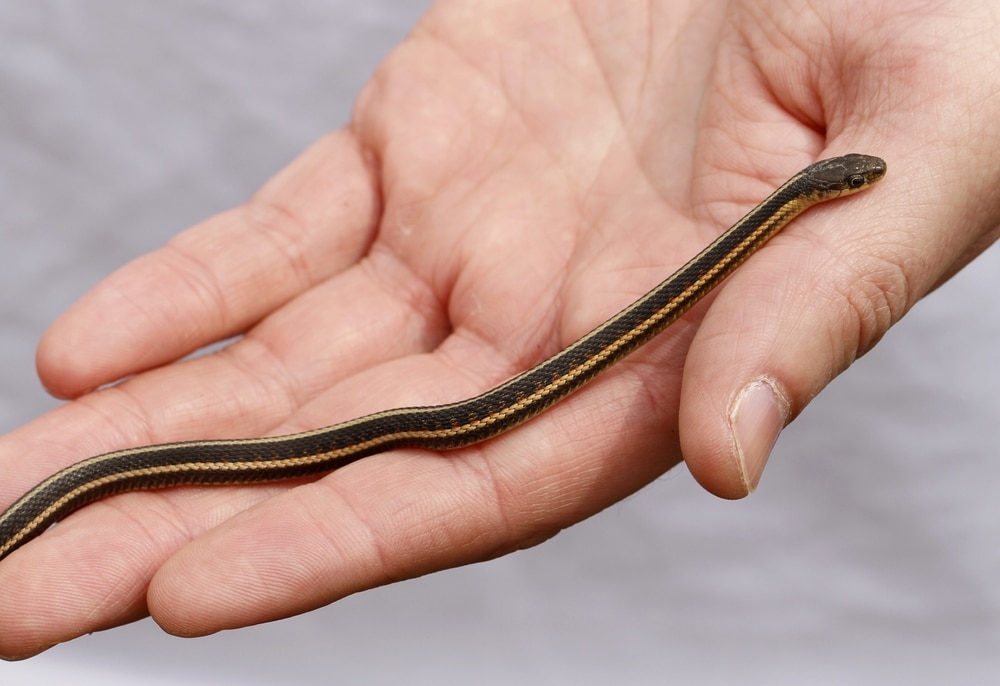
Many people even keep garter snakes as pets – especially beginners, who’re just dipping their toe into the reptile-keeping waters. But garter snakes often elicit strong feelings in their keepers; they make excellent pets for some, but they leave others disappointed and frustrated.
We’ll try to help you avoid becoming a member of the latter group below, as we outline the basics of garter snake care and point out some of the things that make them popular with some keepers and reviled by others.
Quick Navigation
The Basics of Garter Snake Care
This isn’t a care guide for garter snakes, but we need to cover some of their basic needs that you’ll have to meet while caring for these critters.
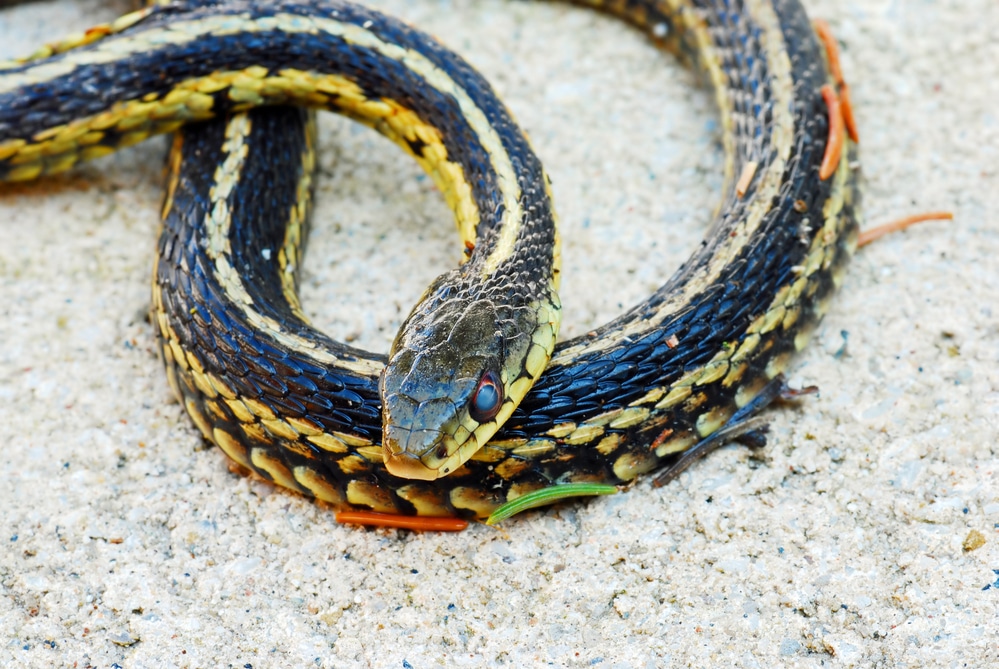
Housing
Garter snakes don’t present any significant challenges with regard to housing. In fact, this is one arena in which these snakes shine.
You can use a plastic storage box, commercially produced reptile tank or aquarium – likely the most popular choice – to house a garter snake. The habitat needn’t be especially large, either. Small individuals and species will thrive in a habitat that provides about 1.5 to 2 square feet of space (roughly equal to a 10-gallon aquarium), while larger species and specimens may require about twice as much.
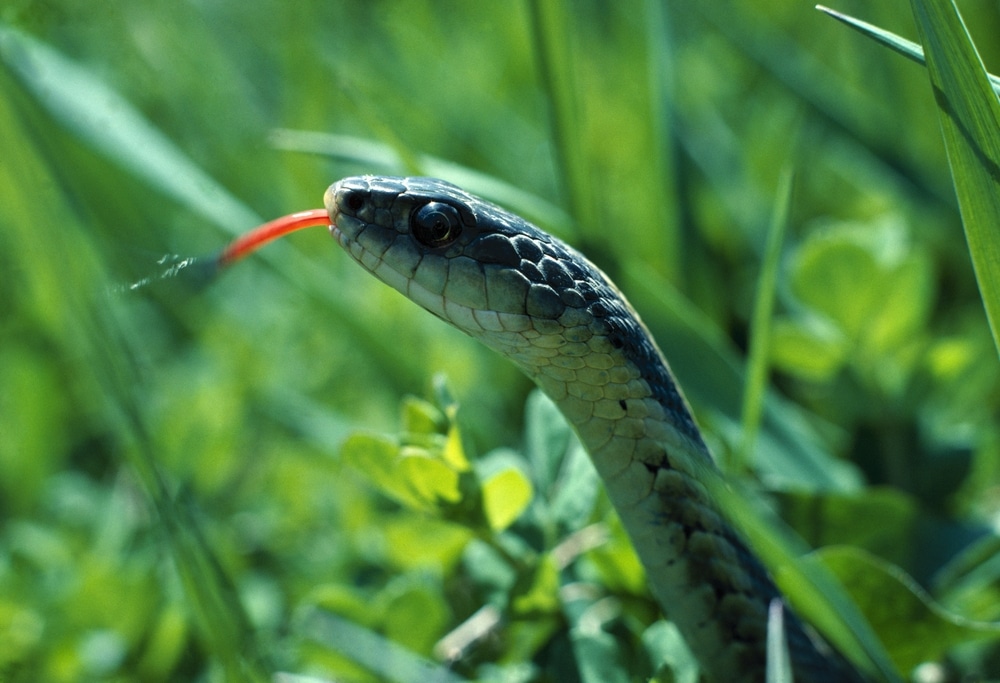
Temperatures and Lighting
Garter snakes hail from different portions of North America, so their thermal requirements vary from one species to the next. Nevertheless, most will thrive when provided with ambient temperatures in the mid-70s and a basking site of 88 to 90 degrees.
Like most other snakes, garter snakes require only ambient, indirect light. You may, however, install high-quality lighting to better display your pet.
Substrate and Furniture
A variety of substrates will work well for garter snake maintenance, but newspaper and cypress mulch (or commercial blends largely comprised of cypress mulch) are likely the two most popular choices.
You can add a number of types of cage furniture or decoration to a garter snake’s habitat. Fortunately, they’re not as likely to move and rearrange cage furniture as some other snakes are. They may even climb a bit if provided with branches. However, you needn’t provide any furniture you don’t want to include, aside from one or more hiding places (which are necessary for the vast majority of snake species).
Feeding
On one hand, garter snakes are often very easy to feed, as they will often accept several different prey sources. But on the other hand, many of these prey sources present acquisition or storage challenges.
Many keepers feed their garter snake small, live fish, and some find that their snake will even accept pre-killed fish. Others prefer to feed their garter snake invertebrates, such as worms or slugs, and some feed their garter snake frogs. A small number of garter snakes will even learn to accept rodents.
Unless your snake is willing to accept pre-killed fish or rodents, you’ll likely find it necessary to set up a separate habitat for your feeders or to visit the pet store pretty frequently. This is especially problematic for garter snakes, as they often thrive best when fed more often than many other snakes – some keepers even feed their garter snakes three times a week.
Garter Snakes as Pets: The Good and the Bad
As mentioned, garter snakes have some good traits and some not-so-awesome traits. Some keepers will find that the good outweighs the bad, but others will feel the opposite way. And while this is true of many snake species, it is especially true for garter snakes.
We’ll try to help you figure out if these snakes are for you by discussing some of their best and worst traits below.
Positive Traits of Garter Snakes
- Garter snakes are relatively small, which makes them easy to house. It also allows many beginning keepers to handle them more confidently, and it means they don’t present any serious safety issues.
- Garter snakes are rarely irascible, and they’re not as likely to bite as some other species.
- Garter snakes do not require rodents as a food source. Rodents are often the most convenient prey to offer a snake, but some keepers find the notion of doing so off-putting. Accordingly, garter snakes are often a good choice for keepers who’d rather not feed rodents as prey.
- It is often possible to establish complex, decorated habitats for these snakes.
- Many garter snakes are very attractive, and some species are available in unusual forms, such as amelanistic (albino).
- Many garter snake species are very affordable. You may be able to find small specimens for $10 at large pet expos.
- Given that there are more than 30 species and scads of subspecies, garter-snake keepers have a number of options available to them.
- Garter snakes are livebearers, which means you won’t have to worry about incubating eggs if you decide to breed your pets.
- Garter snakes will often cohabitate peacefully with other members of their own species. It is generally not advisable for beginning keepers to house snakes together, but garter snakes rarely present many difficulties in this regard.
Negative Traits of Garter Snakes
- Garter snakes are technically venomous. We can’t find any reports of bites causing serious symptoms, but susceptible individuals may experience some minor symptoms, such as pain, itchiness or swelling if bitten.
- Though many individuals are disinclined to bite, many garter snakes will readily discharge musk, urates or feces when handled. Some cease doing so after some time; others continue to do this for many years.
- Because garter snakes need to eat more frequently than many other snake species, they also produce waste more frequently. This means you’ll have to clean your garter snake’s enclosure more often than you would some other snakes.
- Although this is a bit subjective, garter snake feces is regarded by many keepers as more foul-smelling than most.
- Most garter snakes offered for sale are likely wild-caught. Nevertheless, captive-bred individuals of some species are available, but you may have to pay more for these animals.
- Even garter snakes that aren’t likely to bite or discharge foul-smelling cloacal byproducts are usually very “wiggly” when held. Many keepers find them less enjoyable to handle than some other species.
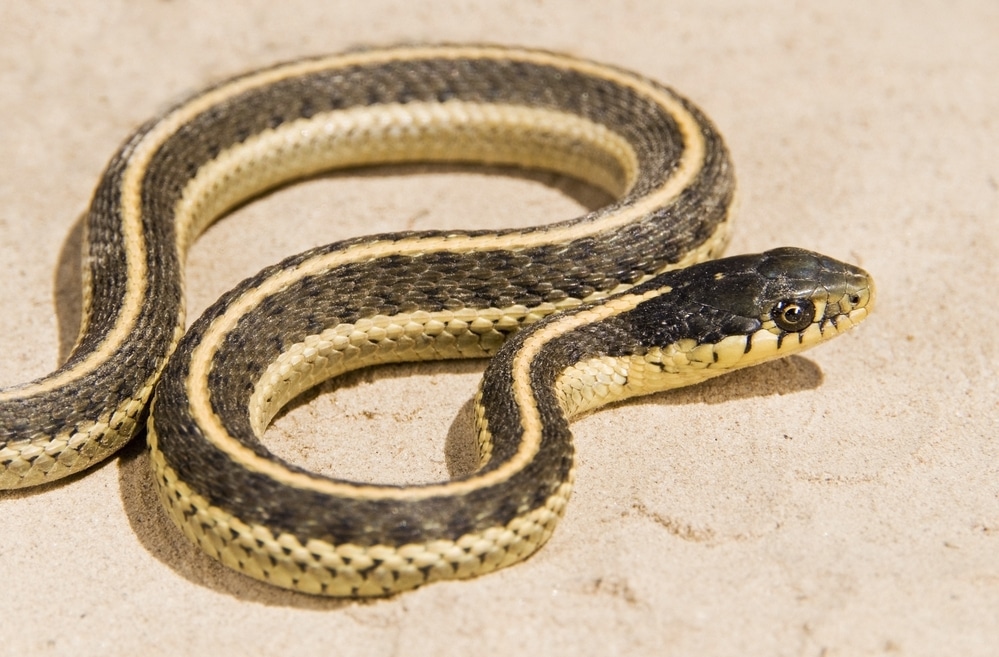
Putting This Information to Use: Tips for Buying and Keeping Garter Snakes
If, after considering the information provided above, you believe a garter snake would be a good choice for you, try to implement the following tips to have the best experience possible.
Buy a Captive-Bred Individual
No matter what snake species you intend to buy, you should always try to select a captive-bred specimen. But this is especially important for those who want to keep garter snakes.
Wild-caught garter snakes are not only more likely to act defensively, but they may also be more challenging to feed. They’re also far more likely (nearly guaranteed) to suffer from internal parasites. Further, the removal of garter snakes from their wild habitats can deplete wild populations.
Avoid Very Small Individuals
Unless you already have some experience caring for snakes, you should avoid purchasing a very small or young individual. Smaller individuals are not only harder to handle, but they’re also more fragile and quicker to overheat or dehydrate. Instead, try to opt for a garter snake that is at least 1 year of age.
Nevertheless, if you are unable to acquire a specimen that has already grown a bit, avoid handling it unnecessarily for the first few months. You’ll find that larger individuals are not only easier and more enjoyable to handle, but they’ll also rarely become as stressed by handling sessions as smaller snakes will.
Handle a Couple of Garter Snakes Before Buying One
Although garter snakes have a lot of traits that make them great pets, many keepers dread handling their garter snake. This is often the case because garter snakes aren’t especially calm, so it can require a bit of concentration to keep them from scooting off your hands and falling to the floor (which can obviously cause serious injuries).
Additionally, as mentioned, garter snakes are often quick to defecate or discharge musk when handled. This is not only gross and smelly, but it’s also a hygiene issue. You should wash your hands after handling any snake, but this is especially important for those handling garter snakes.
But you may not mind any of this. So, it is simply wise to handle several garter snakes before purchasing one of your own. This way, you can make an informed decision.
Don’t Set Up an Elaborate Enclosure at the Outset
While you will likely be able to set up a very complex, well-planted enclosure for your pet, it is wise to avoid doing so until you have a bit of experience under your belt. The more complicated your pet’s habitat is, the more complicated his care regimen will be. You may also run into problems, which will require you to remove, replace or rearrange some of the items you add to the habitat.
Accordingly, it is a good idea to maintain a relatively spartan, “sterile” habitat for the first 6 months or so, while you learn the garter-snake-keeping ropes.
Consider the Prey You Offer Very Carefully
While some keepers love the chance to select from a variety of foods when feeding a garter snake, it is important to do so with care. In some cases, garter snakes will develop a “favorite” prey source, which can cause them to refuse anything else in the future. This shouldn’t be a problem if your snake decides pre-killed mice are his preferred prey, but it may be quite challenging if he begins demanding green tree frogs, or some other hard-to-source prey.
It’s also important to note that some of the prey items commonly offered to garter snakes can represent health hazards. Goldfish, for example, are frequently parasitized, as are frogs. You don’t want to end up feeding your snake parasite-ridden prey if you don’t have to.
Similarly, it is important to inquire with the breeder who produced the animal you intend to buy about the prey species the snake is eating. This will help you avoid individuals that require difficult-to-source prey and instead find one that is already accustomed to eating easily acquired prey.
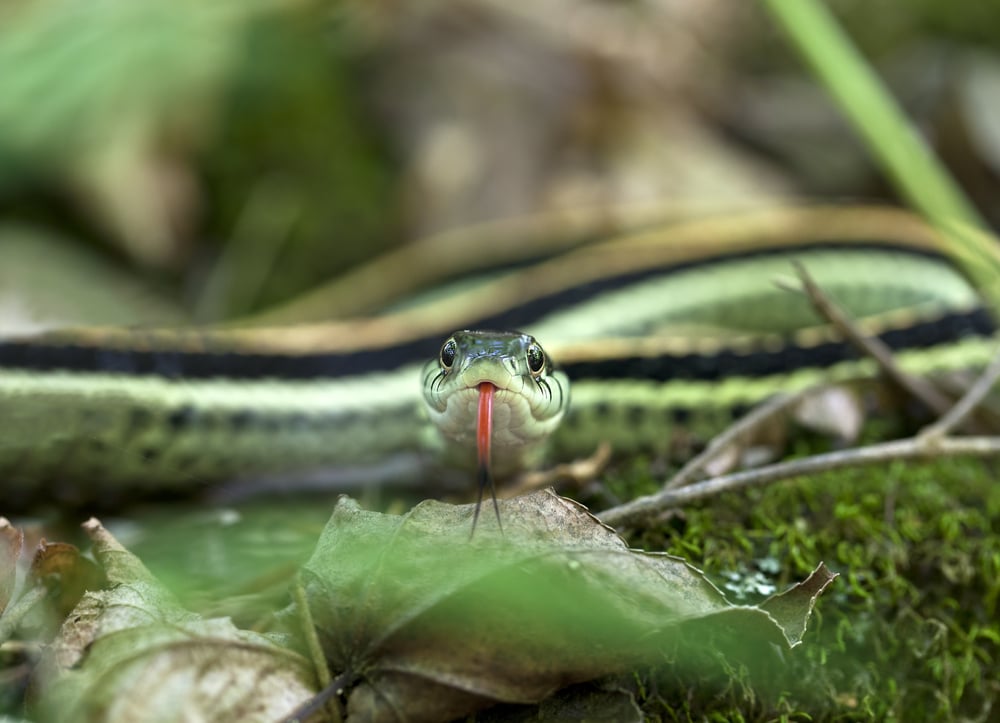
Conclusion
Garter snakes certainly aren’t a great choice for all keepers, but they have a fair number of devotees, who love working with these animals. Just try to consider the issue carefully – including all of the negative traits we discussed above – before deciding to add one to your home. And if you do decide a garter snake is the ideal pet for you, follow the advice we provided to give yourself the best chance at success.